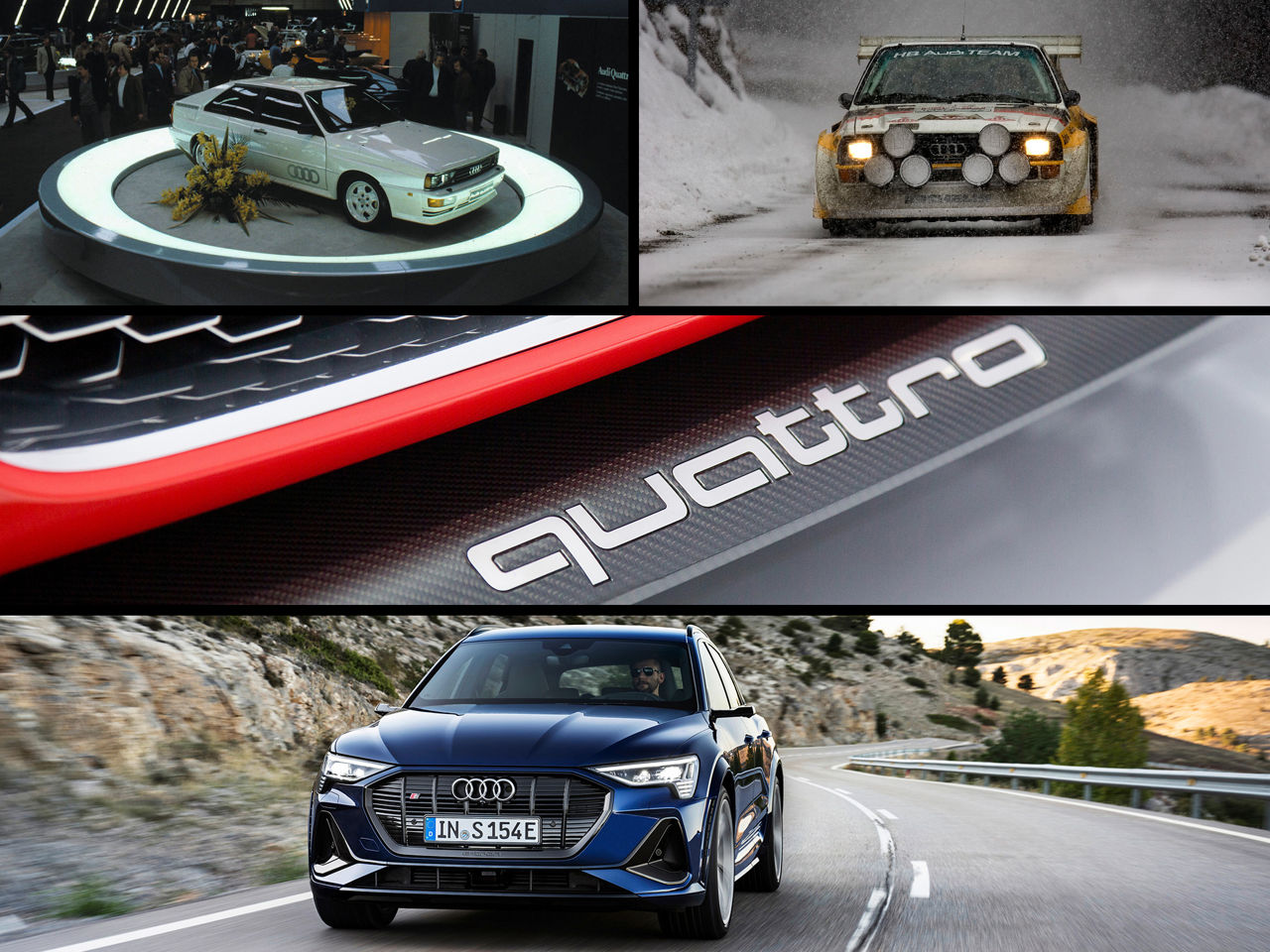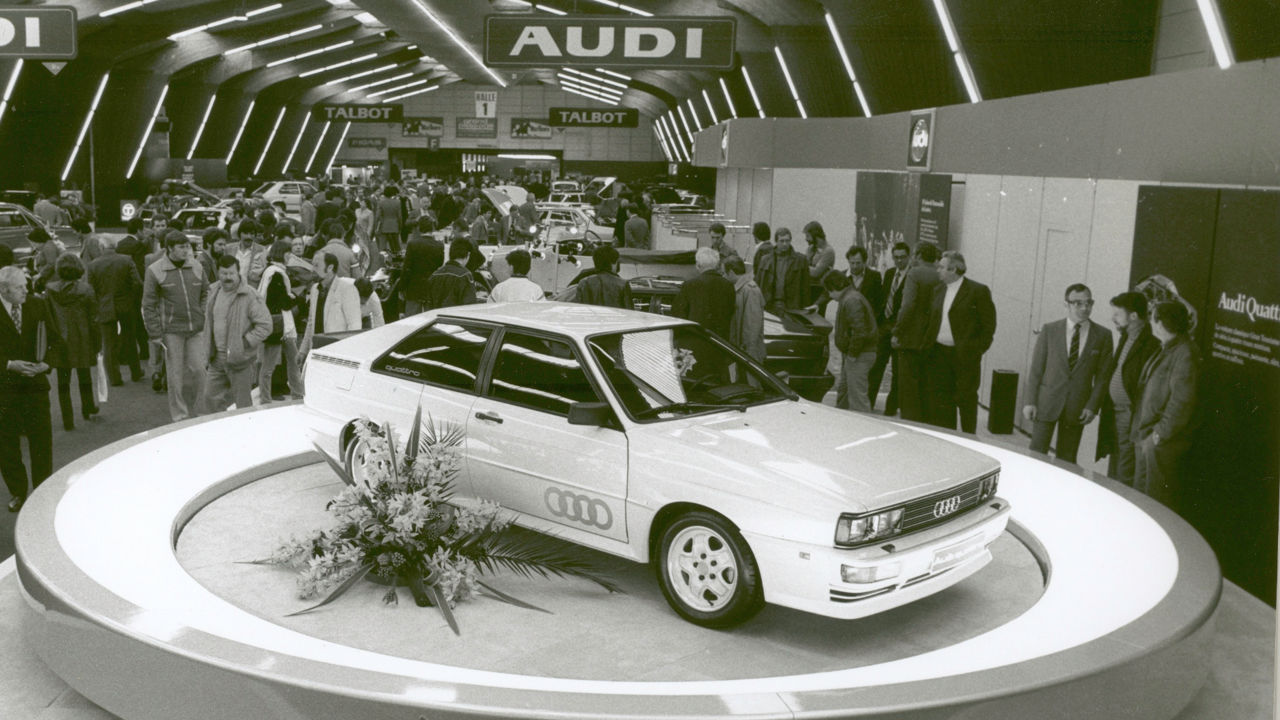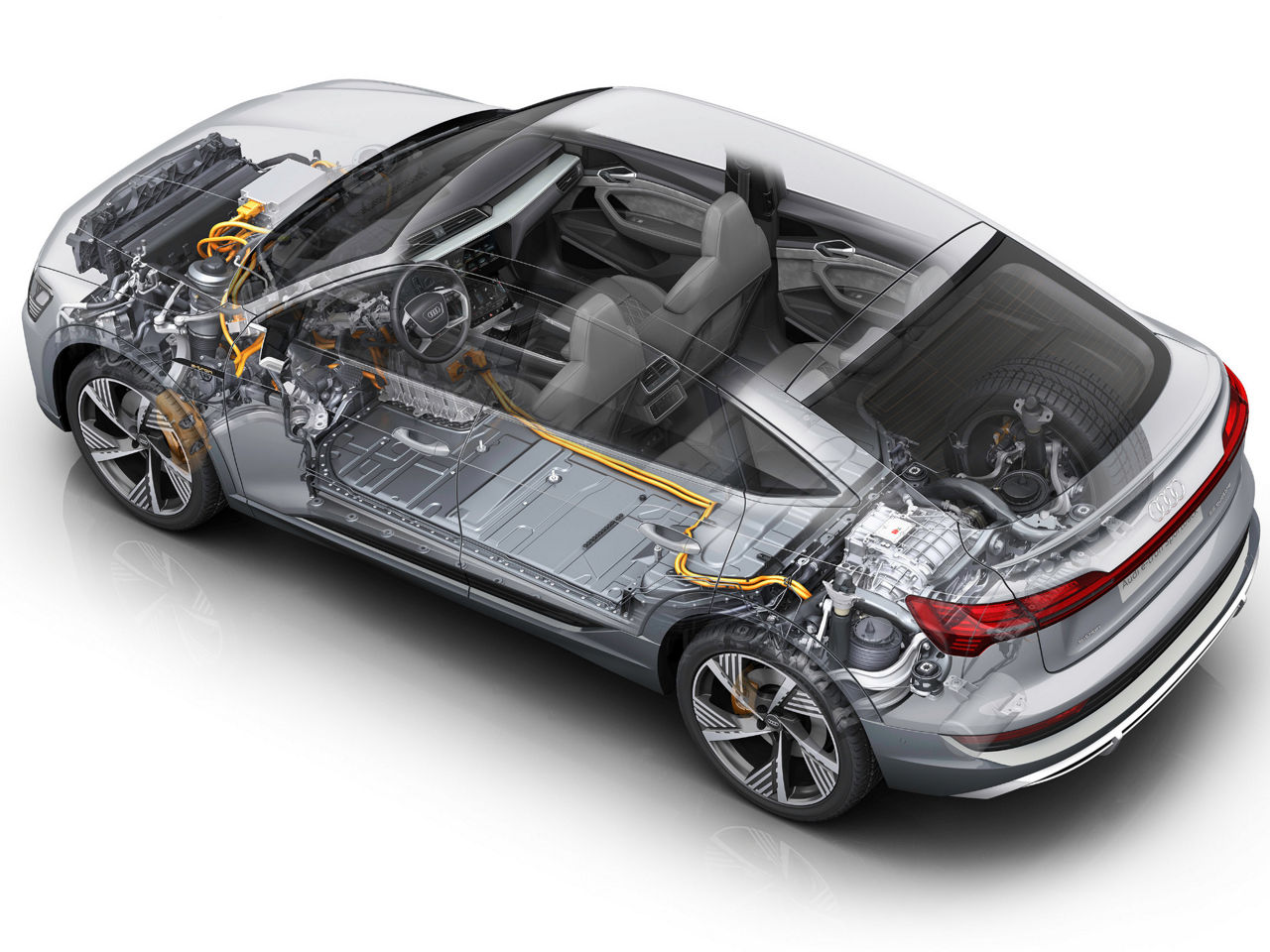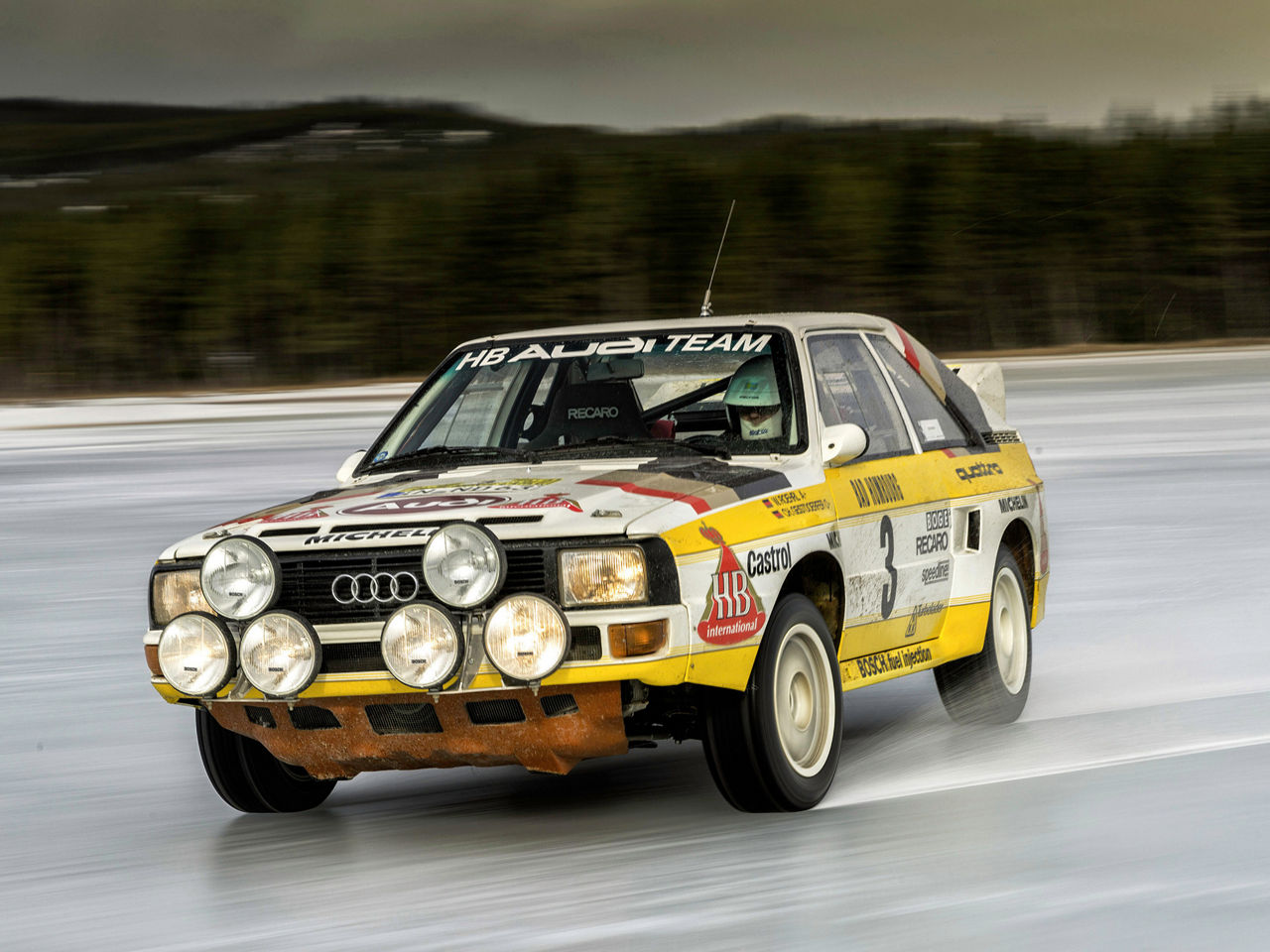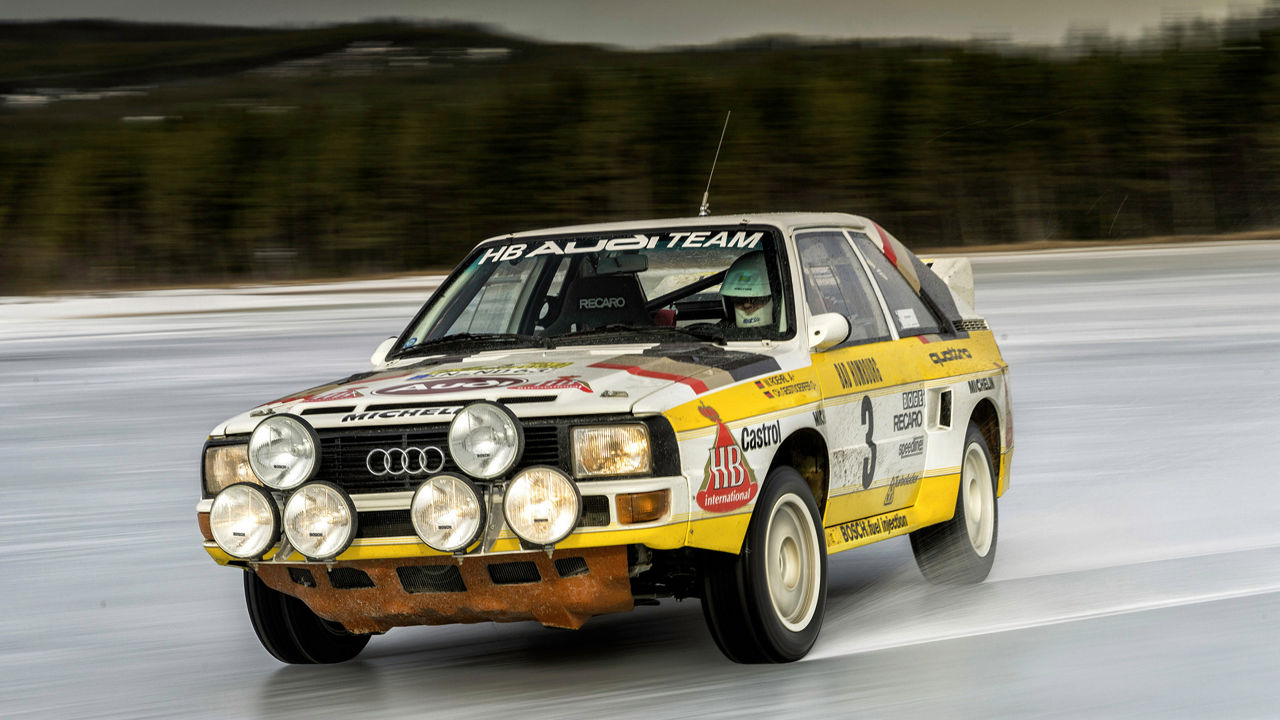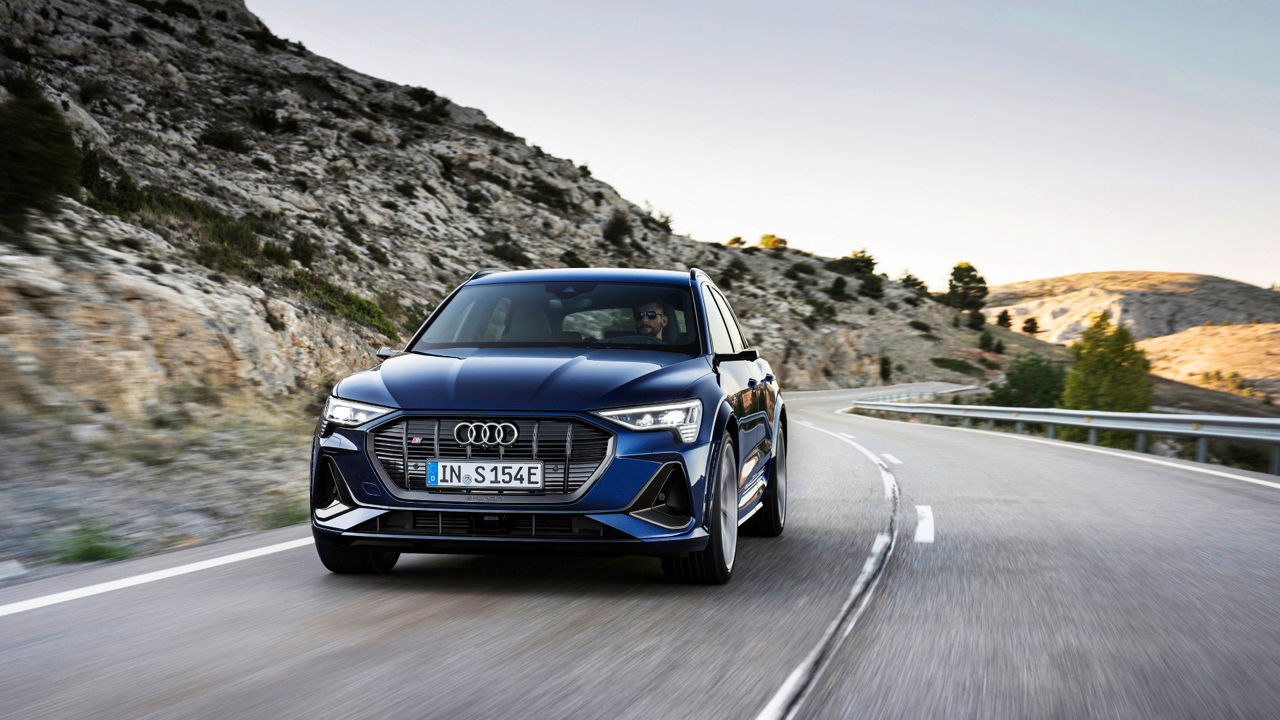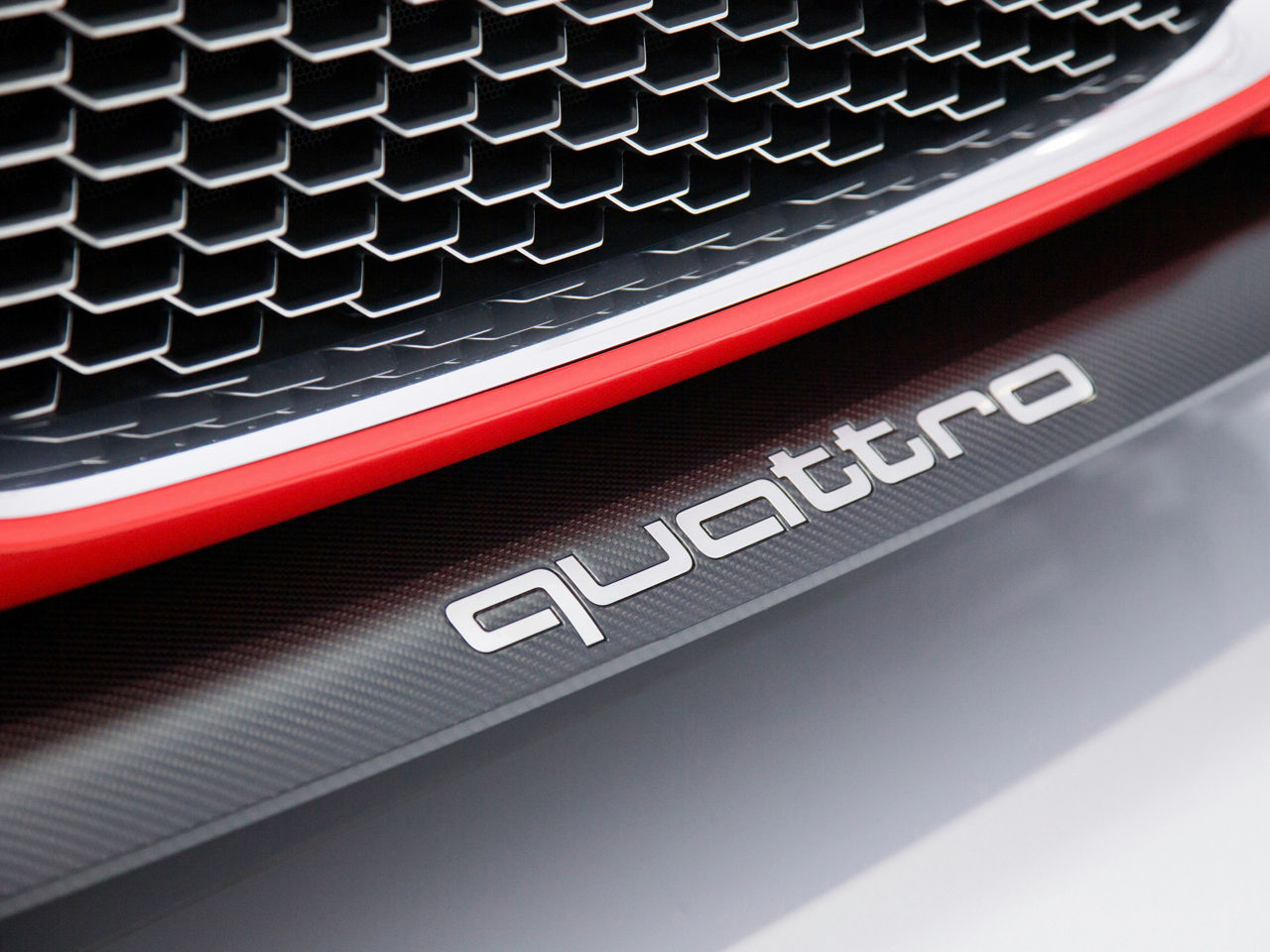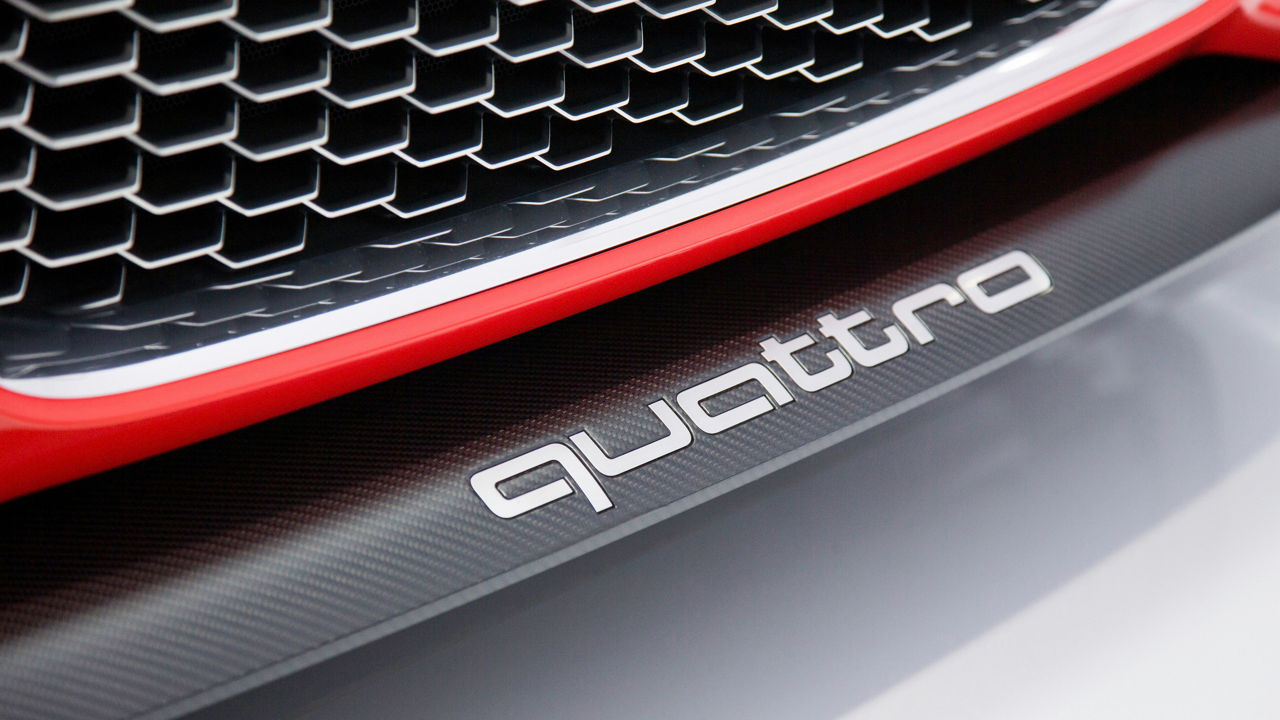Our search for the origins of the Audi quattro takes us straight back to the winter of 1976 when Audi developed the VW Iltis off-road vehicle for the German Army − with its all-wheel drive. The engineers were impressed with the outstanding performance by the VW Iltis on both snow and ice. During the test runs for new Audi prototypes, the Iltis also participated for purposes of comparison − and its performance was superior to front-wheel-drive cars. This gave rise to the idea of using this special, all-drive technology in mass-produced vehicles.
Walter Treser, then Director of Pre-Development, was fascinated by the “vision of developing a type of car that had to date not existed,” as he later commented. To do this, he needed a suitable name. The car with all-wheel drive almost became known as the Audi Carat (abbreviation for “Coupé All-Wheel-Drive Turbo”). However, there was already a perfume with the same name − this would not have gone well with the image of the car. So, Walter Treser's suggestion prevailed: “Audi quattro” − a name that would soon become famous.
